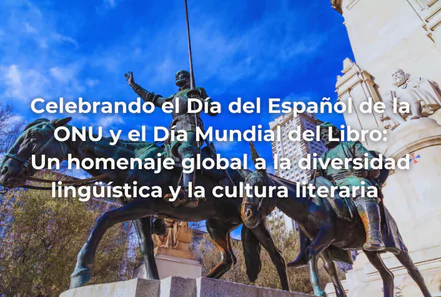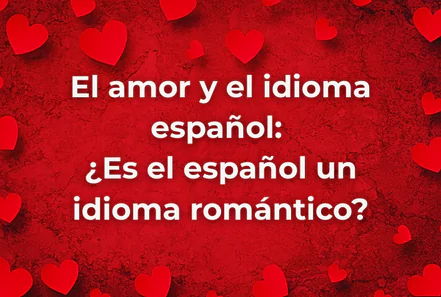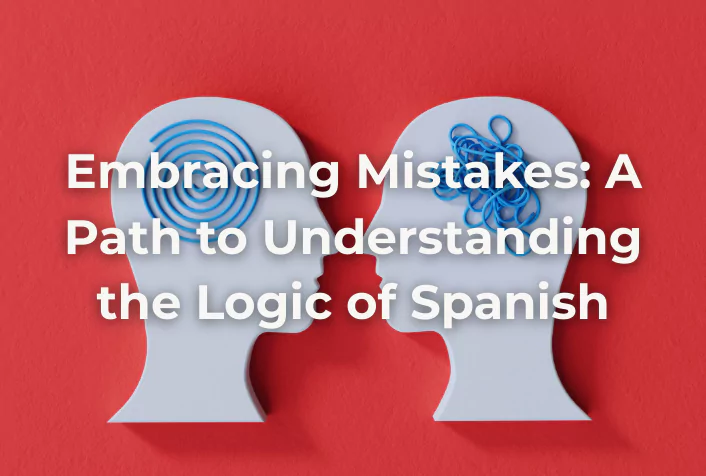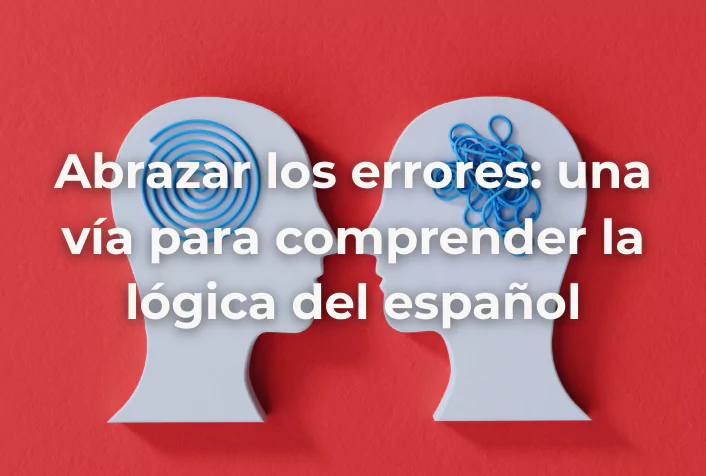Celebrando el Día del Español de la ONU y el Día Mundial del Libro: Un Homenaje Global a la Diversidad Lingüística y la Cultura Literaria






Mistakes aren’t roadblocks—they’re revelations. This post explores how common errors in Spanish, like misusing expressions for hunger or age, can uncover the language’s unique logic. By embracing these moments of confusion, learners gain deeper insight into grammar, culture, and mindset. Discover how each slip is actually a step forward on the path to fluency.

Los errores no son obstáculos, sino revelaciones. Esta publicación explora cómo los errores comunes en español—como usar mal expresiones relacionadas con el hambre o la edad—pueden revelar la lógica única del idioma. Al abrazar estos momentos de confusión, los estudiantes adquieren una comprensión más profunda de la gramática, la cultura y la forma de pensar. Descubre cómo cada tropiezo es, en realidad, un paso adelante en el camino hacia la fluidez.